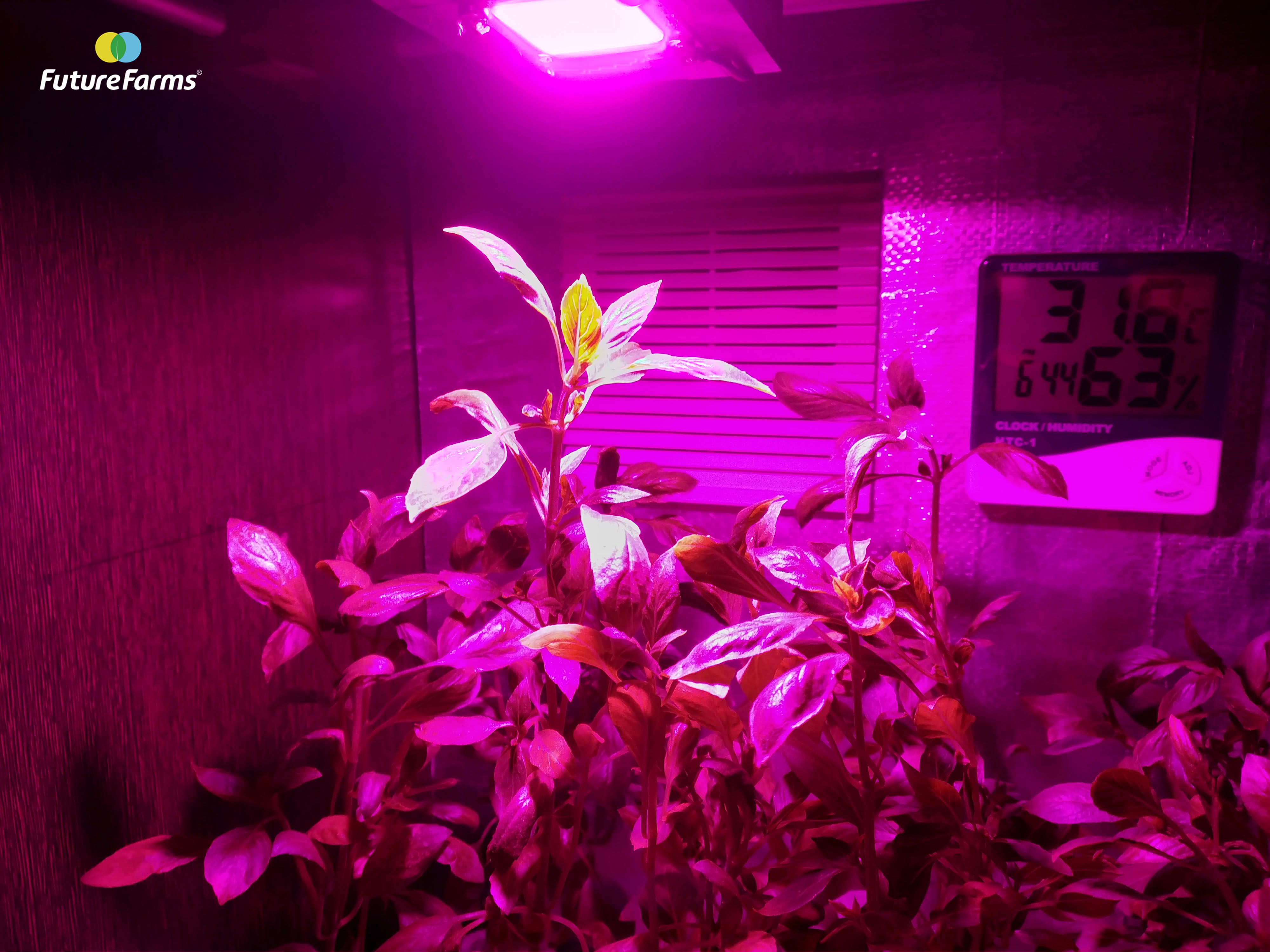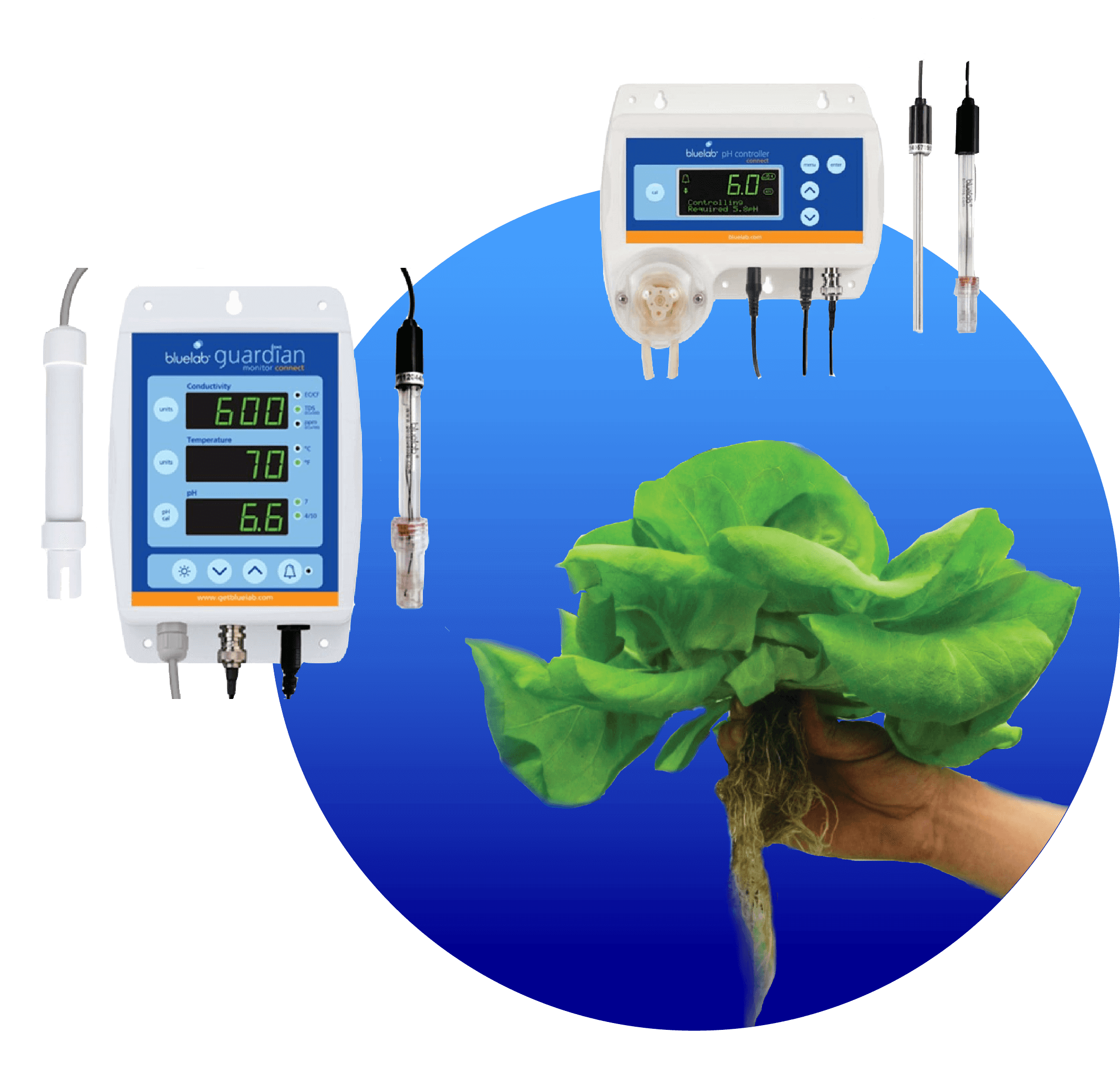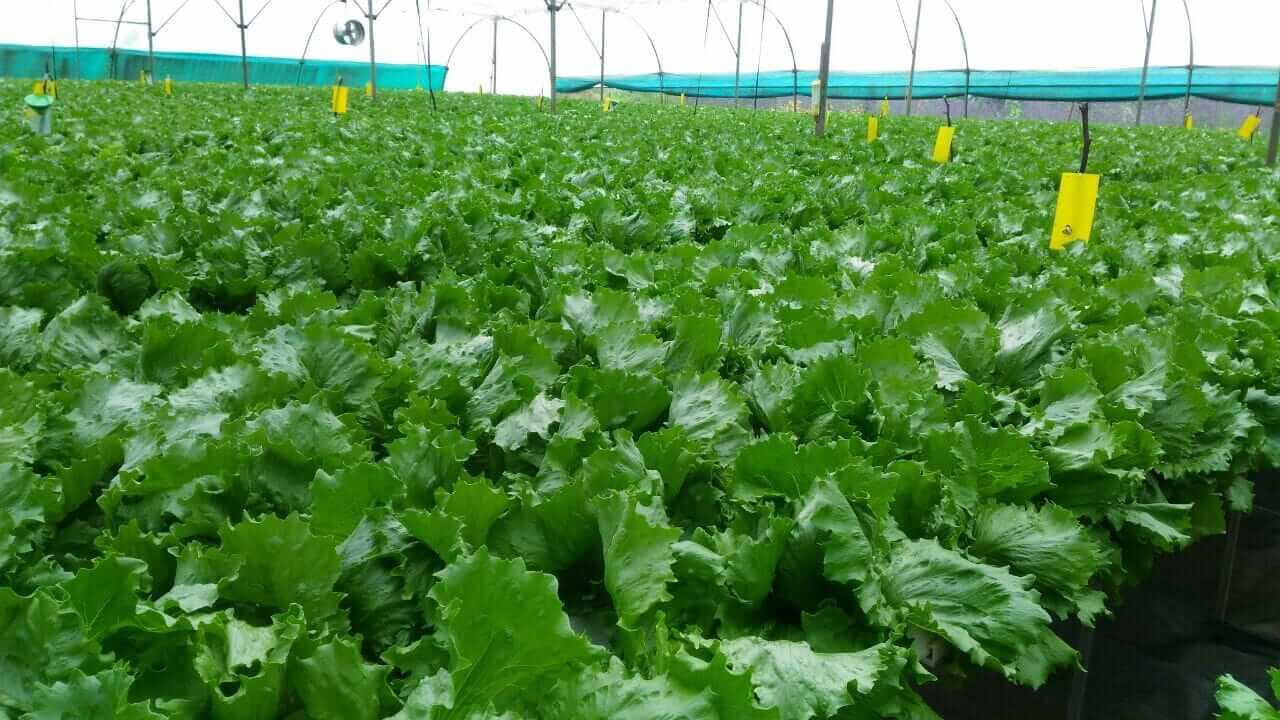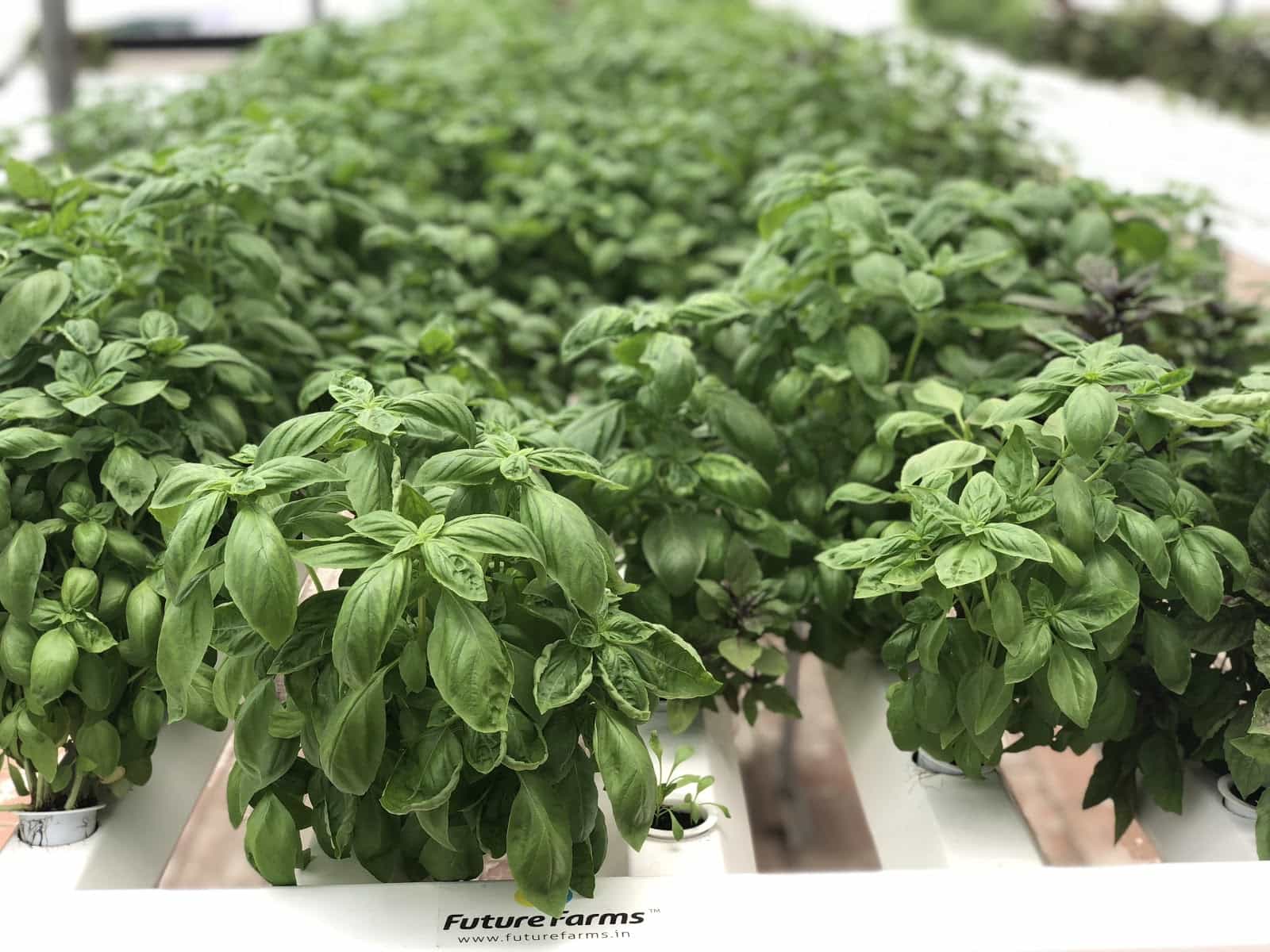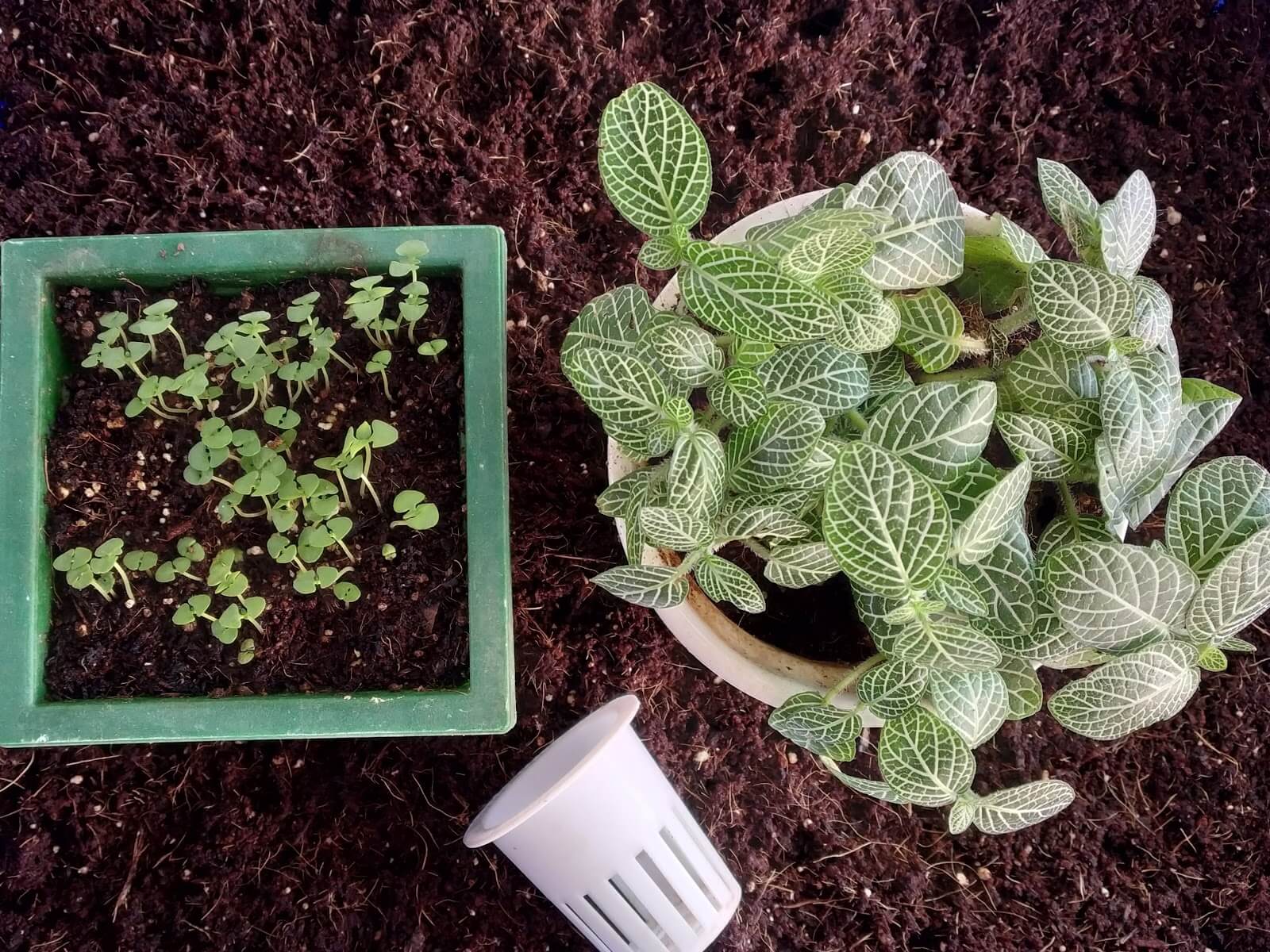
Hydroponic Seeding Techniques
Hydroponic Seeding Techniques
Many people skip starting their own seeds for their Hydroponic kits in Chennai because of the time and effort to get them started, but there are some great reasons to start your growing own seeds hydroponically. For Hydroponic technology in India, It’s so much easier to just go to the store to pick up some seedlings to pop into your system and get growing, right?
The reason that we find nursery or store-bought saplings lacking for Hydroponic technology in India is that: you’re limited to what you can grow in your system. You have to choose from the options available at the store. However, if you start your own seeds, you can grow anything. This means you can grow your favorite heirlooms or even rare plants that aren’t found at many nurseries.
Adding seeding to your overall hydroponic system design means that your plants won’t go through any trauma or root damage from being transplanted into your system. This process may also introduce diseases or bugs into your hydroponic system, from the store.
The first time you start your own seeds for your hydroponic system may be a bit more expensive in the beginning because you need to buy more materials. Seeds need water, light, oxygen, and heat to grow. You really don’t need anything too special to grow your own seeds for your Hydroponic kit.
Inside of your grow tray, it can be beneficial to use a pot that works for your Seeds and their future as seedlings in your hydroponic set-up. You’ll want to use starter cubes, cocopeat or something like an Oasis plug. The key here for the seeding in your hydroponic system design is to use something that can withstand being immersed in water without dissolving, as it could clog up your system after transplanting.
Step by Step Instructions for Sprouting Seeds in a Hydroponic System
-
The first thing that you’ll want to do is to soak your starter cubes in clean water for about an hour. After they’ve been given a chance to soak, put a few seeds into the cube’s hole. You’ll want to add several just in case you have some seeds that don’t germinate. Once they sprout, you can thin out the weaker plants to allow the strongest to grow.
-
Prepare your grow tray with about an inch of clean water or nutrient solution that is at half strength. Arrange the light source and heating mat as needed. You can keep the lid on to keep the heat and moisture in the tray.
-
Put these planted cubes into the grow tray and add water or the half strength nutrient solution as the level goes down in the grow tray.
-
After about four days, you’ll start to see some sprouts emerging.
